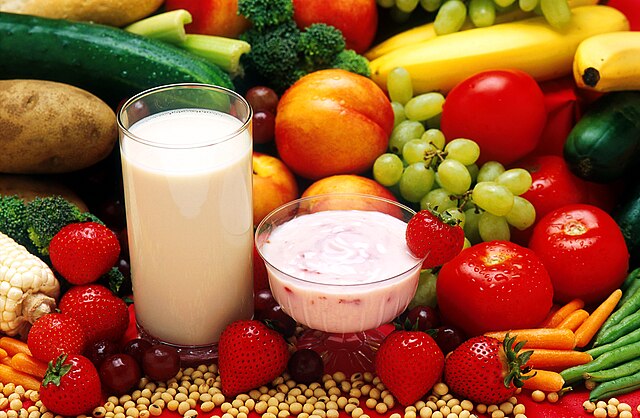The world’s food prices stabilized in June 2024 following a decline by 3% in cereal prices, the Food and Agricultural Organization (FAO) reported July 5.
FAO’s Food Price Index (FFPI), a measure that weighs monthly trade volumes against prices worldwide, stood at 120.6 points for June.
May’s FPPI was originally 120.4 points before revision to 120.6 points, an increase of over 1.1 points above April’s index.
Accordingly, global food prices were 2.1% cheaper in June 2024 than in June 2023 and 24.8% below the March 2022 high.
Cereals brought the stability with their first decline after monthly increases in April and May by 0.3% and 0.9% consecutively.
Ongoing coarse grain harvests in the Americas, Europe and some parts of Africa helped improve supply prospects and dip prices.
Regarding maize, bumper production in Ukraine, Argentina, Brazil and Türkiye will counter decline in the South African region, Indonesia and Pakistan.
Global wheat production, on the other hand, will increase substantially despite expectations of weather effects on Russia’s crop. This is even as the global rice output will reach 535.1 million tonnes.
As a whole, the 2024 cereal output will be the highest in recent memory at 2.854 billion tonnes, according to FAO. Grain utilization especially in animal feed will also increase in the 2024-25 period to 2.856 billion tonnes, 0.5% above 2022-23’s.
FAO further says that cereals more than countered a rise in vegetable oil quotations, alongside those of sugar and dairy.
Vegetable oil was 3.1% costlier in June than in May, which in turn had been 2.4% cheaper than in April. The rise owes to renewed demand for palm oil and uptick orders for sunflower and soy oils for biofuel production.
Sugar also edged up for the first time in three months by 1.9%, while meat stabilized as poultry prices decreased.
In short, the world’s food prices leveled off in June 2024 primarily from an increase in grain production and utility. And as the data below reveals, cereal trade affects global food prices as a whole due to widespread use.
Cereals and World’s Food Prices Statistics
Global food prices depend on all five categories that FAO tracks which include meat, cereals, dairy, vegetable oil and sugar. Spending per person includes purchases of all these commodities and the purchasing power varies from country to country. For instance, some countries like Tanzania spent only $197 per person per year in food expenditure in 2022. This is even as the United States and Australia spent as much as $3,382 and $3,508 per person per year respectively. This country-to-country disparity also extends to export prices of key grains like maize and wheat, as seen below:
Which countries sell the most, and charge the most, for corn?
The United States and Brazil sold 51.5% of world corn in 2023. The United States, represented 25.9% of all corn exports in 2023 at $13.7 billion, while Brazil represented 25.7% worth $13.6 billion. The two countries nevertheless did not have the top prices for the cereal in 2023. France led corn export prices at $536 a tonne to the U.S.’ $298 a tonne and Brazil’s $244 a tonne. The world average was $273 a tonne in 2023.
Which countries sell the most, and charge the most, for wheat?
Like corn, certain countries control the global share in wheat export volume, if not prices. Russia, for example, exported an estimated 46.5 million tonnes out of global total of 213.26 million tonnes in the 2023-24 year. Australia led export volume in 2022 at 29,487,688 tonnes. Despite this lead, Russia and Australia trailed in wheat export prices, a category that Italy topped at $643 per tonne in 2022. Russia and Australia, in their part, charged $396 and $345 a tonne respectively in the 2021-22 period. This was against a world average of $367 a tonne.
